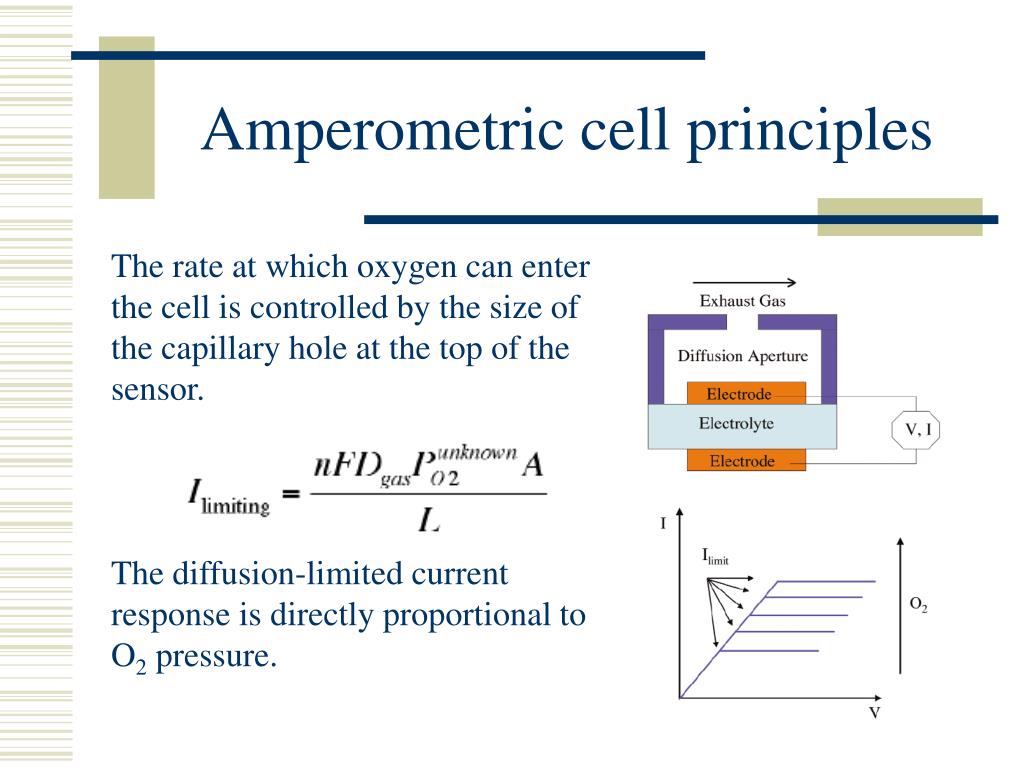
Universal Current Sensor Ppt Free
Sensors can be passive (e.g. Change in resistance) or active (output is a voltage or current level) Sensors can be. Digital (e.g. Digital tachometer) Sensor. Energy formconversion: electrical signals, movement, radiant energy, thermal, or magnetic energy, etc. Sensors/Actuators – both are transducer types. Sensors enable the Internet of Things (IoT) by collecting the data for smarter decisions. Learn how TE Connectivity (TE) sensors are used in applications including consumer devices, Industry 4.0, and medical applications including remote patient monitoring. As the Internet of Things (IoT) industry grows, so do the opportunities to utilize sensors.
A current sensorBen 10 alien force rise of hex game download for android. is a device that detects electric current in a wire and generates a signal proportional to that current. The generated signal could be analog voltage or current or even a digital output. The generated signal can be then used to display the measured current in an ammeter, or can be stored for further analysis in a data acquisition system, or can be used for the purpose of control. More information on current sensors can be found here.
The sensed current and the output signal can be:
- Alternating current input,
- analog output, which duplicates the wave shape of the sensed current.
- bipolar output, which duplicates the wave shape of the sensed current.
- unipolar output, which is proportional to the average or RMS value of the sensed current.
- Direct current input,
- unipolar, with a unipolar output, which duplicates the wave shape of the sensed current
- digital output, which switches when the sensed current exceeds a certain threshold
Technologies[edit]
- Hall effect sensor.
- Transformer or current clamp meter, (suitable for AC current only).
- Fluxgate Transformer Type, (suitable for AC or DC current).
- Shunt Resistor, whose voltage is directly proportional to the current through it.
- Fiber optic current sensor, using an interferometer to measure the phase change in the light produced by a magnetic field.
- Rogowski coil, electrical device for measuring alternating current (AC) or high speed current pulses.
The Hall Effect current sensor is a type of current sensor which is based on the Hall Effect phenomenon discovered by Edwin Hall in 1879.
Hall Effect current sensors can measure all types of current signals (i.e. AC, DC, or pulsating current).
These sensors are currently being used widely in many industries because of their vast applications and the type of output they provide, which can be manipulated and can be used for various applications.
External Links[edit]
See also[edit]
DHT11 vs DHT22
We have two versions of the DHT sensor, they look a bit similar and have the same pinout, but have different characteristics. Here are the specs:
- Ultra low cost
- 3 to 5V power and I/O
- 2.5mA max current use during conversion (while requesting data)
- Good for 20-80% humidity readings with 5% accuracy
- Good for 0-50°C temperature readings ±2°C accuracy
- No more than 1 Hz sampling rate (once every second)
- Body size 15.5mm x 12mm x 5.5mm
- 4 pins with 0.1' spacing
- Low cost
- 3 to 5V power and I/O
- 2.5mA max current use during conversion (while requesting data)
- Good for 0-100% humidity readings with 2-5% accuracy
- Good for -40 to 80°C temperature readings ±0.5°C accuracy
- No more than 0.5 Hz sampling rate (once every 2 seconds)
- Body size 15.1mm x 25mm x 7.7mm
- 4 pins with 0.1' spacing
As you can see, the DHT22 is a little more accurate and good over a slightly larger range. Both use a single digital pin and are 'sluggish' in that you can't query them more than once every second or two.
You can pick up both the DHT11 and DHT22 from the adafruit shop!
This guide was first published on Jul 29, 2012. It was lastupdated on Jul 29, 2012.This page (Overview) was last updated on May 04, 2020.